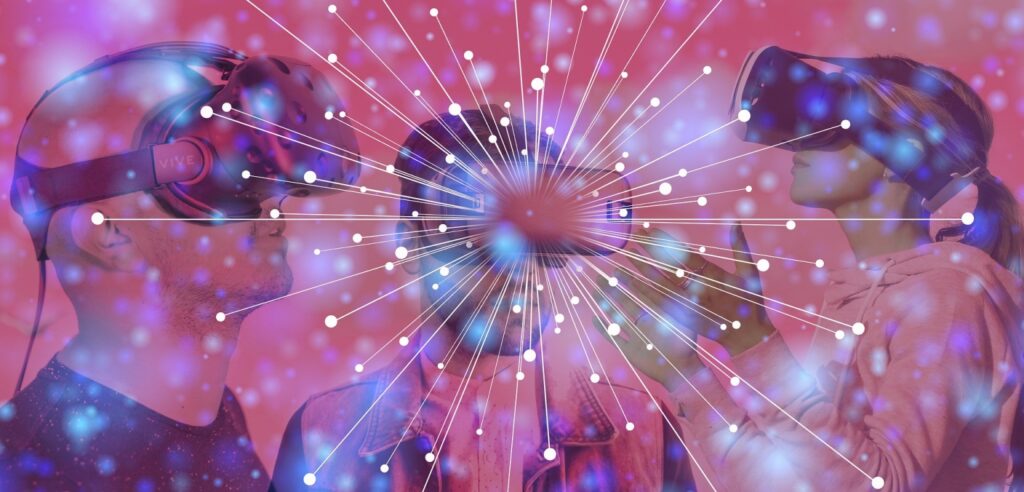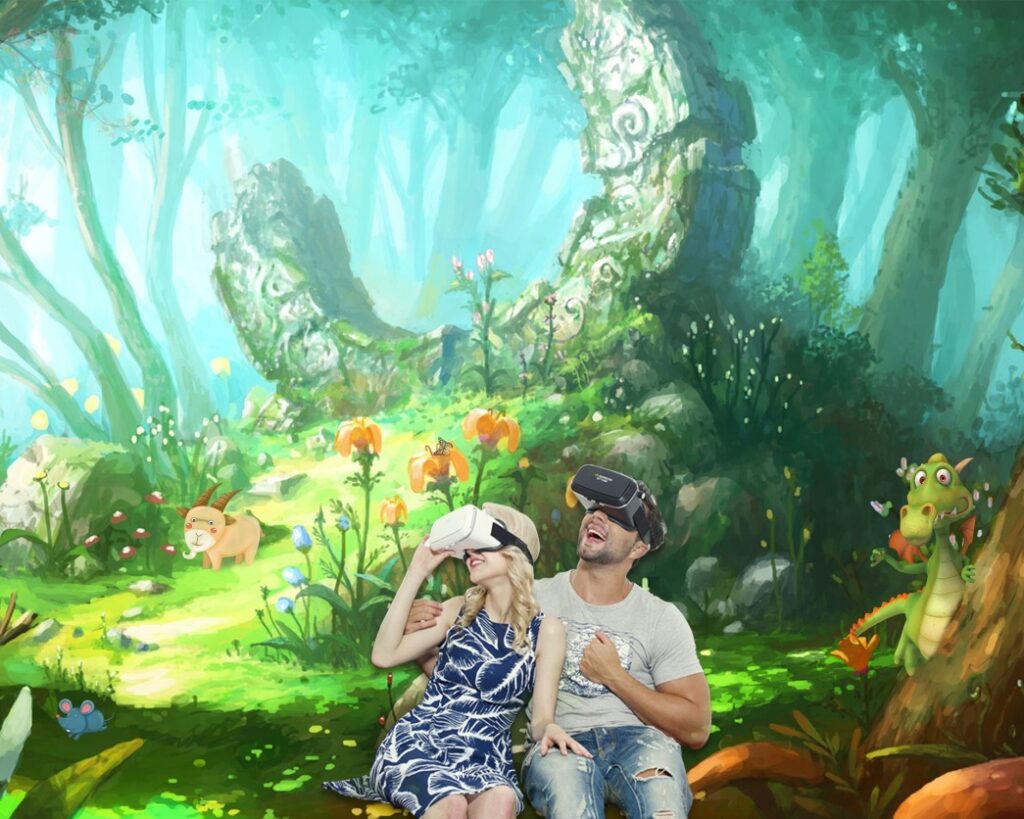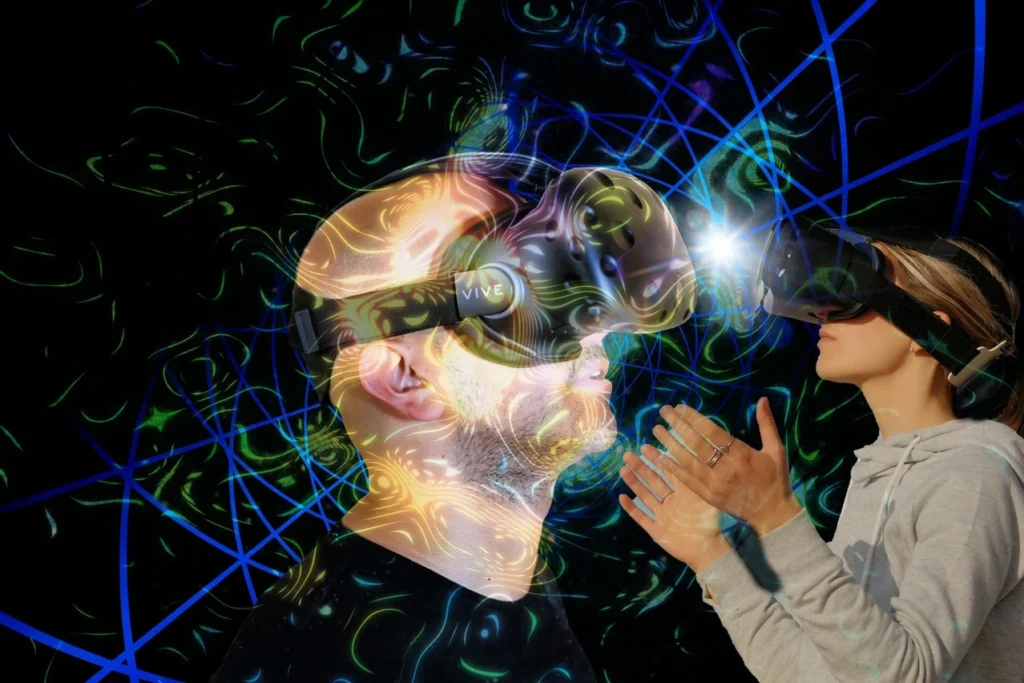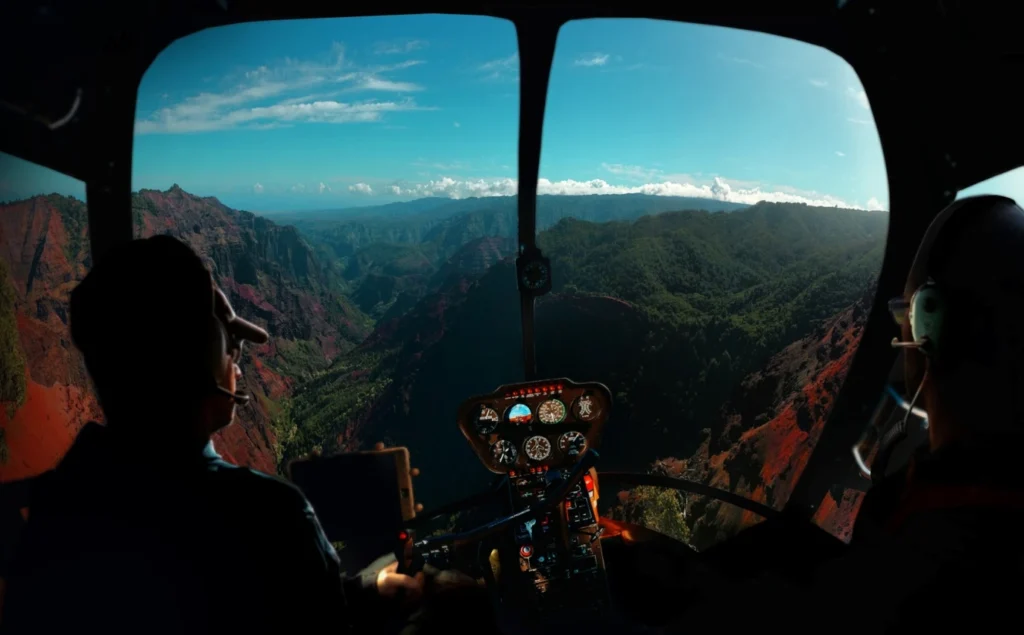Since school, we are taught about sense organs and their uses. There are mainly five sense organs, eyes, nose, ears, skin, and tongue. These sense organs sense things and send the collected information to the brain; on getting this information, the brain tells us precisely what we feel. Basically, our entire experience of reality is just the amalgamation of the sensory input and the brain’s information flow.
If we feed tampered information to the senses, then the reality’s insight would also change accordingly. We will be sensing a variant of the truth, which is not precisely real, but it would be realistic from our perspective. This mind-boggling experience is referred to as Virtual Reality.

The word Virtual means ‘something which is physically not existent’; with the help of the technology, we can make this physically nonexistent world to exist. This technique is achieved by presenting our senses with a computer-generated environment and explores it.
In technical terms, we can say that Virtual Reality is an artificial experience of the world, which can be similar or completely different from the real world. The user can explore, interact, and manipulate the virtual world. He is completely immersed in the virtual world and is free to carry out a series of actions. Virtual Reality completely changes a person’s experience in the digital realm. From last year’s humans, the only communication mode with the digital world was computations and programming. Monitor and keyboards were the gateways between the real and the digital realm. Virtual Reality promises to carryout all the conventional tasks in a more interactive way.Virtual Reality is implemented using computer technology. Various components are required, like the Headset, Omni-directional Treadmills, and special gloves, etc.
VR PRESENCE
It may sound relatively easy to trick our senses, but the reality is that our senses and brain maintain a very close line of synchronization. Any slight changes in the synchronization may compromise the virtual experience; our mind is susceptible to these minute changes. The ability to match this level of synchronization is known as presence. A suitable VR device thrives on making the brain believe that the experience is real.

SIMULATOR SICKNESS
When our eyes see and what our vestibular system tells that is doesn’t match, then a person undergoes motion sickness. This confusion usually happens to people while traveling via boat or car. Users might experience this due to latency or the rotation in the virtual environment. Then the brain assumes that the person is being poisoned and makes the person feel uneasy.
If the implementation of Virtual Reality achieves the perfect blend of hardware, software, and synchronicity, it is termed as a sense of presence. Where the person successfully feels that he is in that environment.
SCREEN DOOR EFFECT
No matter how good the quality is of the virtual environment. A user perceives this environment within the gap of two inches, displayed or visible in pixels. What is more annoying is that people see the dark spaces between the pixels, which gives the effect of peering through a fine mesh. The newer versions of the VR headsets aim to minimize this screen door effect to provide a better experience for the users.
LATENCY
The time taken for the headset to grasp your head movements is known as latency. The quick head movements must be recorded instantaneously; higher latency fails in the experience. The lower the latency, the better the experience! The degrees of freedom plays a significant role, as that lets you look around freely in space. Google daydream view or gear VR has only three axes track system, which is not that efficient. Oculus Rift and HTC Vive possess external sensors to track the headsets through infrared.

APPLICATIONS
Given the complexity of Virtual Reality technology, there are a lot of benefits from the same. Its usage in the entertainment industry is as clear as water. Viewers enjoy the virtual experience, which opens up numerous ways to stay in touch with the digital realm. Immersive games and movies are good examples. Along with this, there is some pinnacle areas were this tech is used. They are:
- Architecture
- Medicine
- Entertainment
- Sports
- Arts

It is impossible to get real experience in dangerous and risky situations. Virtual reality stands as the beacon of hope in these situations. From Pilots to medical trainees, Virtual reality allows them to take virtual risks to acquire real-world experience. With the trend of humanizing technology, Virtual Reality might pop up in many domains in the future.
All in all future of Virtual Reality is booming, and we might as well see many developments and inventions in this field. Comfortable availabilities of VR devices at affordable prices will spike up the market. The Virtual Reality market is estimated at USD 6.1 billion in 2020 and is expected to reach USD 20.9 billion by 2025; VR is anticipated to grow at a CAGR of 27.9% from 2020 to 2025.































